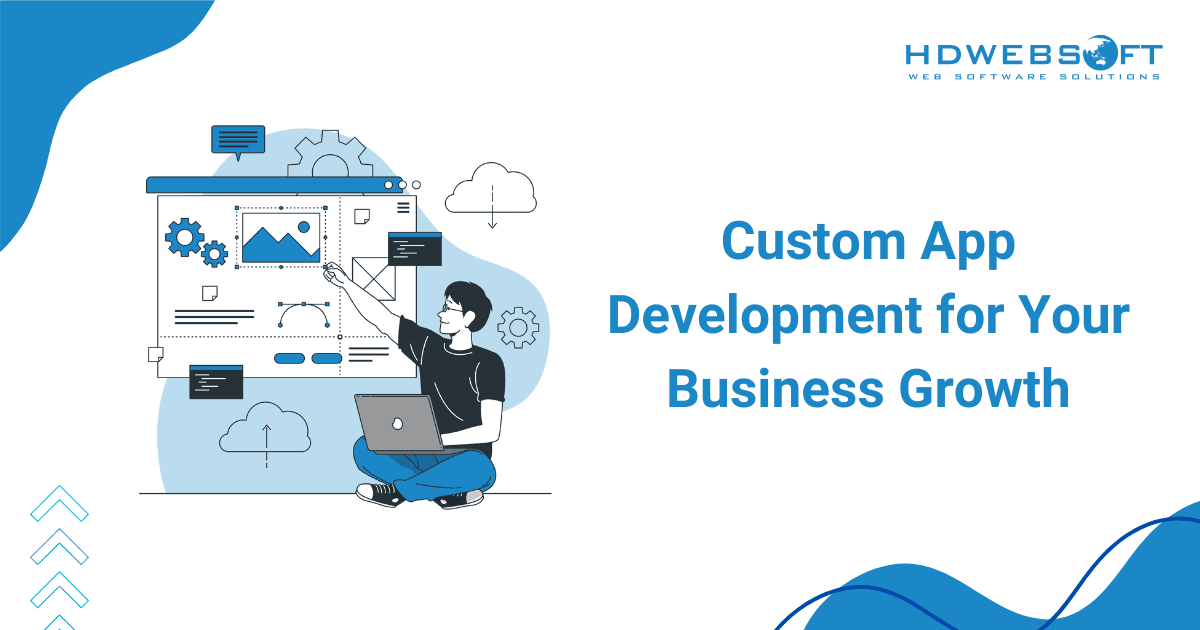
The 3 keys to getting value from custom built apps
Whether a company is building for mobile users, the desktop, or the web, custom apps can solve many enterprise problems – if IT does all the right things in the right order.
Custom-built apps offer immense potential for many organizations. They allow IT departments to tailor solutions to the unique nature and circumstances of their workforce. They can meet specific enterprise needs, fit existing work and data flows, and boost both efficiency and productivity.
Technology can help companies work better and learn more about themselves. This can lead to more money and happier employees. It can also make customers and the public think better of the company.
Creating an app can be risky. For it to succeed, it needs to satisfy users, IT, and stakeholders, improve workflow, and create new opportunities. Although success is never guaranteed, following some straightforward guidelines can help companies get started on the right track.
Check more about our Mobile App Development Company’s services.
Understand the problem you’re solving.
The most important factor for an app’s success is whether it solves a problem — either a problem (or several of them) that hasn’t been solved or isn’t solved well by existing solutions/workflows. One way to ensure an app doesn’t deliver value is to create an app just for the sake of doing so. Thus, the first step in even considering a custom app is to identify the problem it will solve.
Identifying the issue (s) is only part of understanding it. Understanding what an app needs to do requires research. Much of that research is internal and involves talking to (and learning from) the staff members, managers, and executives that will ultimately be an app’s core constituency. Doing that accomplishes two things.
First, it establishes trust and rapport. This is important because it gets things off on the right foot. When it comes to IT, people often view it as the team that always says “no” or the ones who take too long to fix their tech issues. But, if we establish good communication and understanding between IT and the users, it can improve the overall image of IT and make app development smoother. When problems arise during development and beyond, having a sense of teamwork can be essential.
Secondly, they directly address the unique issues, demands, functions, and needs at hand by understanding them.. It also allows the development team to understand the unique frustrations and challenges facing end users. Addressing these, particularly if an app will replace existing workflows (both official and rogue employee workarounds) is a big key to success.
Throughout the development process, developers should consult users and stakeholders to keep the app moving in the ideal direction, even after understanding the problem.
UX is king (and must be platform-specific)
Saying that the user experience is important has been a staple of advice for years now, ever since the phrase consumerization-of-IT was coined. But, it’s standard advice because it is both true and it’s an understatement.
By now, people are used to having a massive selection of apps for every task. Apple, Google, Microsoft, Facebook, Amazon, and countless others have raised the bar for user interface design and experience higher than it was even a few years ago.
The Development of UX
Nowadays, people expect a lot from all sorts of technology, whether it’s a phone app, a fitness tracker, a car, or even work-related apps. This means that any new piece of technology has to meet these high expectations. Custom apps face tough competition from countless well-designed apps available on the App Store, Google Play, or Windows Store. If a company develops an app that’s even remotely similar to an existing app, it can be challenging to stand out. Therefore, it’s crucial for companies to create unique apps that cater to their target audience’s specific needs. To do so, they must carefully plan and design their app to offer something different and better than what’s already available.
The good news is that if companies understand the problem(s) they’re trying to solve, they’ll understand the experience users expect and the problems to avoid. You also have a group of experts (users) to draw upon in ensuring the user experience hits the mark.
One often overlooked aspect of user experience is the importance of making apps that respect and capitalize on features of the platform on which they run. A mobile app shouldn’t look like a shrunken version of a desktop app. A watch app should just display key context-sensitive data and minimal controls rather than looking like a phone interface strapped to the wrist. A tablet app shouldn’t be a blown-up phone app, nor should it be a desktop app designed for keyboard input.
The Unique Function On Each Platform
Going further, iOS and Android apps should be similar but not identical. Embrace the unique functionality offered on each platform – iOS, Android, Windows, Chrome OS, web/cloud, WatchOS, Android Wear, etc. – where it makes sense. This shouldn’t be gimmicky, but if integration with features like AirPlay, Google Assistant, AirDrop, Widgets, Chromecast, or others makes sense, implement it – even if it means differentiating slightly for each platform. (And don’t forget to build in security along the way.)
In short: An iOS 11 app should feel like an iOS 11 app, and an Android Nougat app should feel like one.
Learn more: Mobile App Case Studies
Don’t finish and forget
Remember that the app development process doesn’t come to an end once the app is rolled out. Facebook, Google, and myriad other companies have trained people to expect constant iteration and improvement. This expectation extends to all apps, including custom-built corporate apps.
This means that app developers need to remain engaged with users, their needs, and any ongoing problems. It’s also good practice to set benchmarks by which to measure success. The app can track device installations, generate network traffic, frequently launch, connect to resources, and identify which features users are using and for how long. Users can also provide feedback to determine what needs to be added, improved, or removed.
There are different ways to collect feedback for an app. You can search and gather mentions of the app on social media or collaboration tools or look at helpdesk statistics. However, talking directly to users is still the best way to understand their opinions.
To keep users engaged with an app, it’s important to keep them updated through emails or internal social platforms. This helps users stay interested, especially if they can provide feedback on how to improve the app. This helps in responding to feedback and rolling out updates.
Putting it all together, custom-built apps can deliver exceptional value across every industry in thousands of different situations and contexts. An app’s value depends on how well it meets real needs, delivers a superb experience, and responds to real-world usage through regular updates.
Source: https://www.computerworld.com









